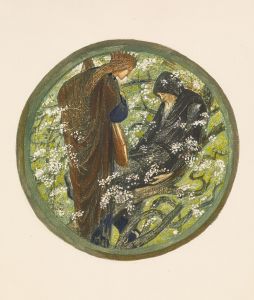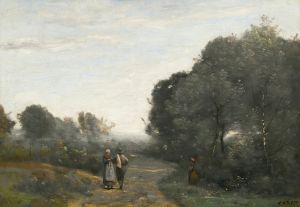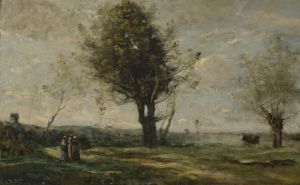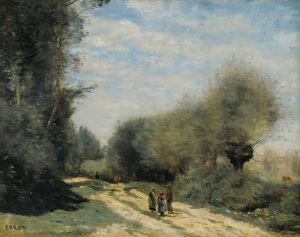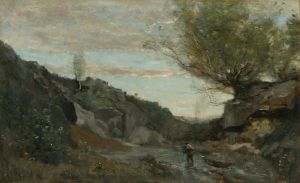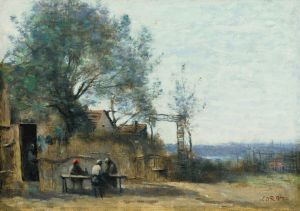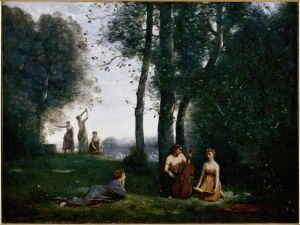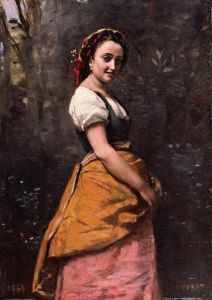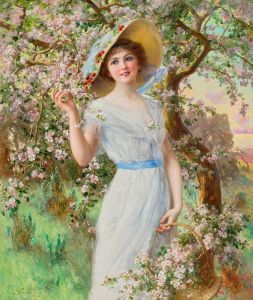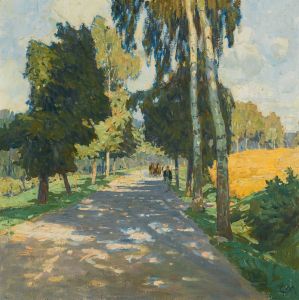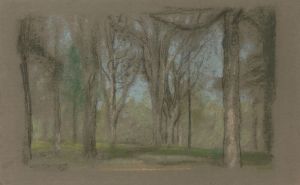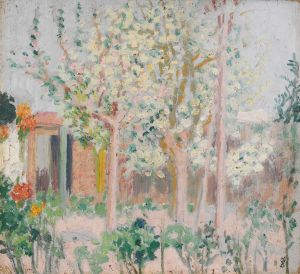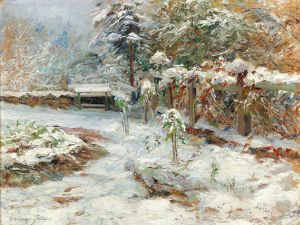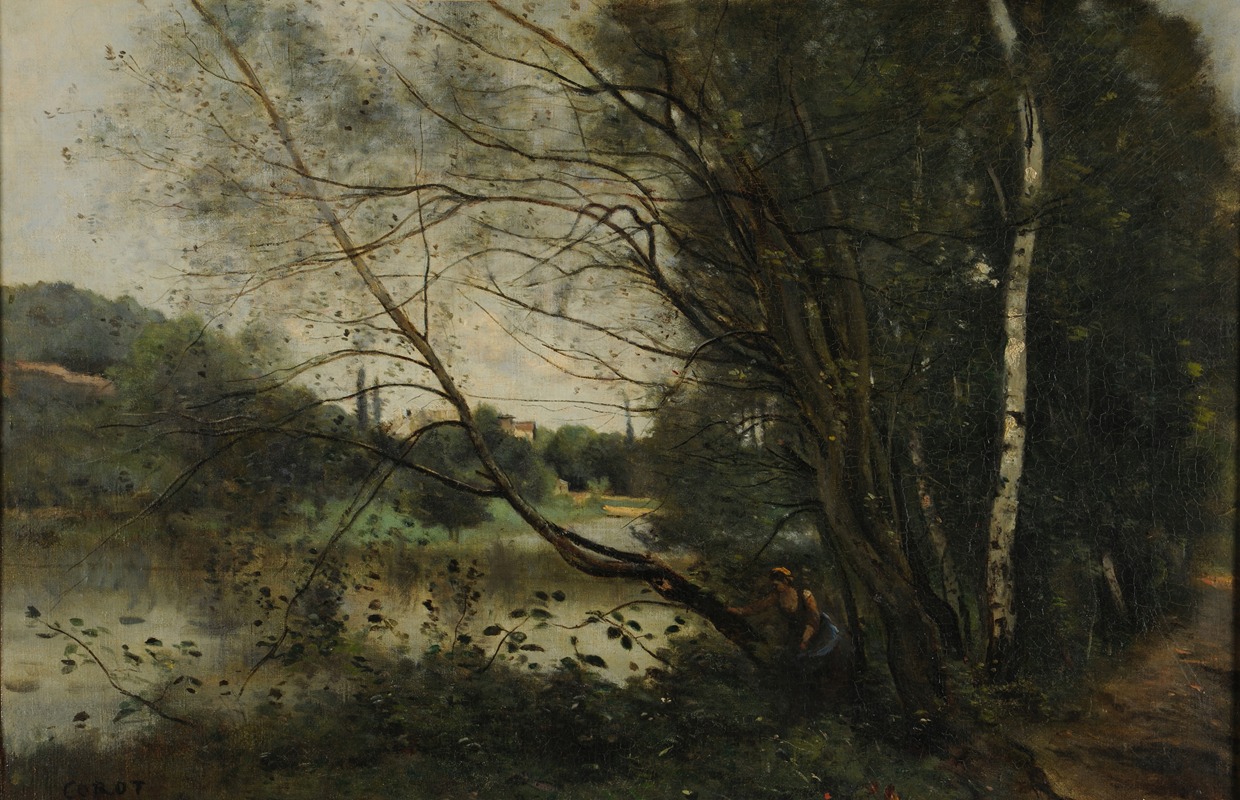
L’étang à l’arbre penché
A hand-painted replica of Jean-Baptiste-Camille Corot’s masterpiece L’étang à l’arbre penché, meticulously crafted by professional artists to capture the true essence of the original. Each piece is created with museum-quality canvas and rare mineral pigments, carefully painted by experienced artists with delicate brushstrokes and rich, layered colors to perfectly recreate the texture of the original artwork. Unlike machine-printed reproductions, this hand-painted version brings the painting to life, infused with the artist’s emotions and skill in every stroke. Whether for personal collection or home decoration, it instantly elevates the artistic atmosphere of any space.
Jean-Baptiste-Camille Corot was a pivotal figure in landscape painting during the 19th century, known for his ability to capture the subtle interplay of light and atmosphere in his works. One of his notable paintings, "L’étang à l’arbre penché" (The Pond with the Leaning Tree), exemplifies his mastery in depicting serene natural scenes with a poetic sensibility.
Corot was born in Paris in 1796 and became a leading figure in the Barbizon School, a movement that emphasized naturalism and was a precursor to Impressionism. His work often bridged the gap between the Neoclassical tradition and the emerging Impressionist style, characterized by a focus on light and natural settings.
"L’étang à l’arbre penché" is a testament to Corot's skill in portraying tranquil landscapes. The painting features a pond, a common subject in Corot's oeuvre, surrounded by lush vegetation. The focal point of the composition is a tree leaning over the water, its reflection shimmering on the pond's surface. This element of the leaning tree not only provides a dynamic visual interest but also demonstrates Corot's keen observation of nature's idiosyncrasies.
Corot's technique in this painting is notable for its soft brushwork and muted color palette, which create a sense of calm and harmony. He often employed a limited range of colors, focusing on greens, browns, and grays, to evoke the gentle transitions of light and shadow. This approach allowed him to capture the essence of the scene without overwhelming the viewer with detail.
The composition of "L’étang à l’arbre penché" reflects Corot's interest in balance and structure. The placement of the leaning tree, slightly off-center, draws the viewer's eye across the canvas, inviting them to explore the surrounding landscape. The use of reflections in the water adds depth to the scene, enhancing the overall sense of tranquility.
Corot's landscapes were not mere representations of specific locations but rather idealized visions of nature. He often combined elements from different places to create harmonious compositions that conveyed a sense of timeless beauty. This approach is evident in "L’étang à l’arbre penché," where the scene feels both specific and universal, capturing the essence of a peaceful moment in nature.
Throughout his career, Corot's work was celebrated for its lyrical quality and its ability to evoke emotion through the depiction of natural scenes. His influence extended beyond his lifetime, impacting the development of Impressionism and inspiring future generations of artists. "L’étang à l’arbre penché" remains a significant example of his contribution to the art of landscape painting, showcasing his unique ability to blend observation with imagination.
In summary, "L’étang à l’arbre penché" by Jean-Baptiste-Camille Corot is a masterful representation of the artist's skill in capturing the serene beauty of nature. Through his delicate brushwork and thoughtful composition, Corot invites viewers to experience the tranquility of the natural world, leaving a lasting impression of peace and harmony.





